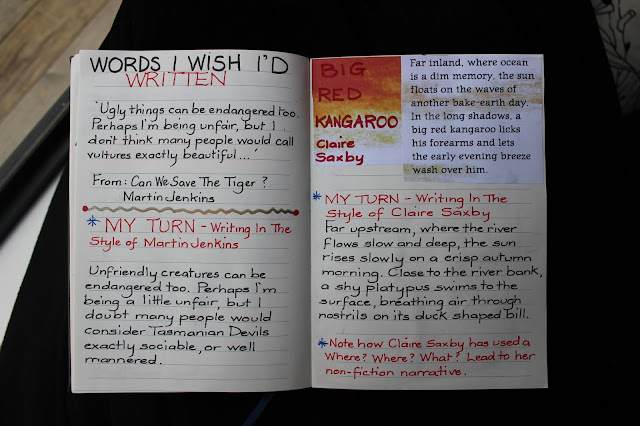The Influence of other Authors on our Teaching of Writing

Writing Under The Influence As teachers of writing we frequently gravitate to the words of authors we admire. We then take their observations about the writing process and apply them to our own writing efforts. However, when we find ourselves reading published works- novels, picture books, news articles, or poems the process that has delivered them is largely hidden. We begin to speculate about what has taken place in order for these profound words to appear before our eyes. We begin to search for answers. We want to empower ourselves in order to be able to empower our student writers. We begin to grow our own understandings in order to develop strategies we can teach our students. This is an exciting development in our teaching. When we move in this space, our teaching is full of possibility. The writing moves of writers we hold in high regard begin to inform our teaching. We start to consider the impact a particular writing move might make for the developm...








